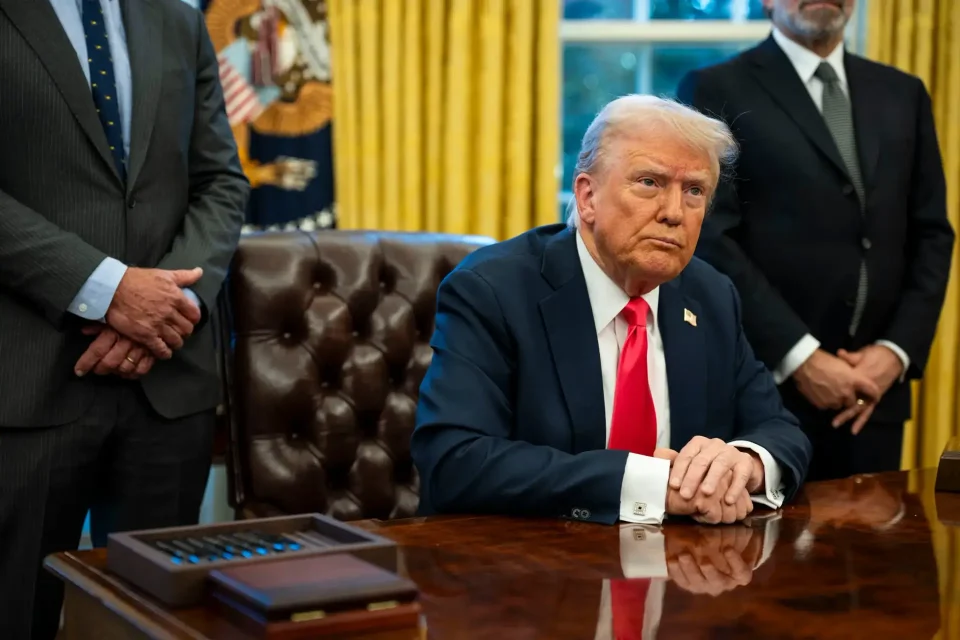In a significant shift in U.S. immigration policy, President Donald Trump has unveiled plans for a “gold card” visa program aimed at affluent foreign investors. This new initiative, priced at $5 million, is designed to replace the existing EB-5 investor visa program, which has been criticized for its complexity and vulnerability to fraud. The gold card offers a streamlined path to permanent residency and citizenship, making it an attractive option for high-net-worth individuals seeking to invest in the United States.
Key Features of the Gold Card
- Investment Threshold: The gold card requires an investment of $5 million, significantly higher than the $1 million needed for the EB-5 visa. This increased threshold is intended to attract serious investors who can contribute substantially to the U.S. economy.
- Path to Citizenship: Like traditional green cards, the gold card provides permanent residency and a route to citizenship. This aligns with the benefits offered by other countries’ “golden visa” programs, such as Portugal’s, which offers residency for investments starting at €500,000.
- Economic Benefits: The program is expected to generate significant revenue for the U.S., potentially helping to reduce national debt. Additionally, by targeting high-net-worth individuals, the government hopes to stimulate job creation and economic growth.
- Streamlined Process: The gold card aims to eliminate the bureaucratic hurdles and fraud associated with the EB-5 program. This streamlined approach is designed to appeal to investors seeking a more efficient and secure pathway to U.S. residency.
One of the most attractive features of the Trump gold card is its potential tax benefits. According to reports, gold card holders may not be liable for taxes on their foreign income, providing a significant advantage for wealthy individuals with substantial international earnings. This tax exemption could offset the $5 million investment cost over time, making the program more appealing to cash-rich business owners and startup founders.
The U.S. is not alone in offering investment-based residency programs. Several European countries, including Portugal and Malta, have similar schemes that attract foreign capital. However, the U.S. gold card’s high investment requirement positions it as a premium option, targeting the most affluent investors globally.
For businesses, the gold card program offers an opportunity to recruit high-caliber talent from abroad. Despite its potential economic benefits, the gold card program has raised concerns about its accessibility and fairness. Critics argue that the high cost could limit participation to a select few, potentially excluding deserving candidates who cannot afford the investment. Additionally, there are questions about how effectively the program will vet applicants to ensure they are “outstanding global citizens,” as stated by Commerce Secretary Howard Lutnick.
The gold card represents a significant shift in U.S. immigration policy, offering a high-end alternative to traditional visa programs. While it promises economic benefits and streamlined residency processes, its impact on broader immigration policies and social equity remains to be seen. The tax breaks associated with the program are likely to be a major draw for wealthy investors, but the program’s success will depend on its ability to navigate legal and practical challenges.

